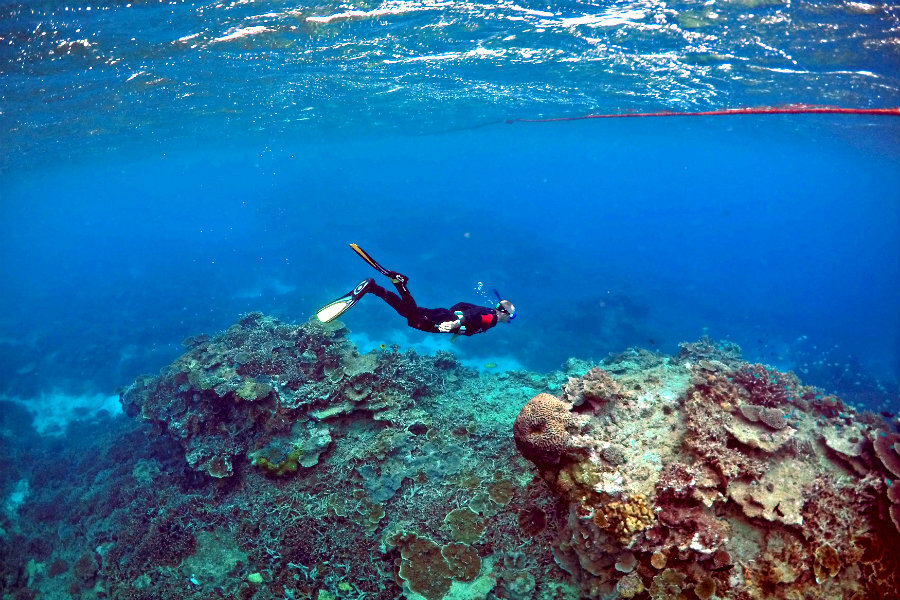Surprise! Scientists discover coral reef at mouth of Amazon River
Scientists have made a discovery that even they can’t believe: a coral reef in the muddy waters at the mouth of the Amazon River. And it is thriving.
The scientists who found the 3,700 square mile reef were astounded by its size, and most of all, its ability to exist where it shouldn’t: in sediment-filled brackish water.
"We found a reef where the textbooks said there shouldn't be one," said Fabiano Thompson, a co-author of the study published on Friday in the journal Science.
Researchers have considered the possibility of a coral reef existing in that location for a long time. When the research team made the discovery, one of the members was carrying a research paper from 1977 that speculated a coral reef existing at the mouth of the Amazon.
Brazilian scientist Rodrigo Moura of the Federal University of Rio de Janeiro discovered the reef in 2012, when he dredged a small area offshore as part of a larger study of the Amazon River.
But this coral reef may look little like the Great Barrier Reef (pictured above) and other tropical reefs beloved of scuba divers.
Actually, even the researchers who spent years learning about the Amazon reef aren't sure what it looks like. With 300,000 cubic meters of fresh water flowing through it every second, the current is too swift, and the sediment too thick, for scientists to dive down and observe the 50-100 meter deep reef.
Due to the sediment-rich waters, the reef exists without the elements scientists typically assume are necessary for coral reef growth. Access to light, for example, is blocked by the suspended mud and sand. In many places, there is also little oxygen or photosynthesis.
And yet, when scientists began to study the flora and fauna of the reef, they found sea fans and colorful fish, sponges, and rhodoliths.
Although researchers say that for a reef this size, the Amazon reef is not tremendously diverse, scientists were amazed at the animals they were discovering.
"We brought up the most amazing animals I've ever seen on an expedition like this," said Dr. Patricia Yager of the University of Georgia to National Geographic. "All the scientists just hung over the rails, amazed at what we were finding."
Although scientists initially assumed that the sediment washed into the ocean by the Amazon would suffocate coral, the river's strong current and the depth of the reef prevents the sediment from settling and choking the sponges and other reef life.
In some places, the reef is impacted by the sediment, though not to a damaging degree. And scientists say there is still more to learn from the reef.
"We've only surveyed 900 kilometers," said Thompson, which constitutes about 10 percent of the reef. "We need to go back there 20 more times."
This unexpected reef can teach us quite a bit, say the researchers.
It may be a stepping stone reef between the Brazilian reefs and the Caribbean reefs, reports the Los Angeles Times, allowing animals to move between them.
The conditions of the Amazon reef can also provide lessons about how delicate coral reefs can thrive in adversity, and how they could respond to changing ocean conditions as the sea acidifies.
Like reefs around the world, the Amazon reef faces both natural threats and human threats, including one new challenge that worries scientists who are invested in understanding the reef.
According to the study, 80 blocks of seafloor near the reef have been acquired for oil drilling, 20 of which are already producing oil.
“Such large-scale industrial activities present a major environmental challenge,” wrote the authors in the study, “and companies should catalyze a more complete social-ecological assessment of the system before impacts become extensive and conflicts among the stakeholders escalate.”







